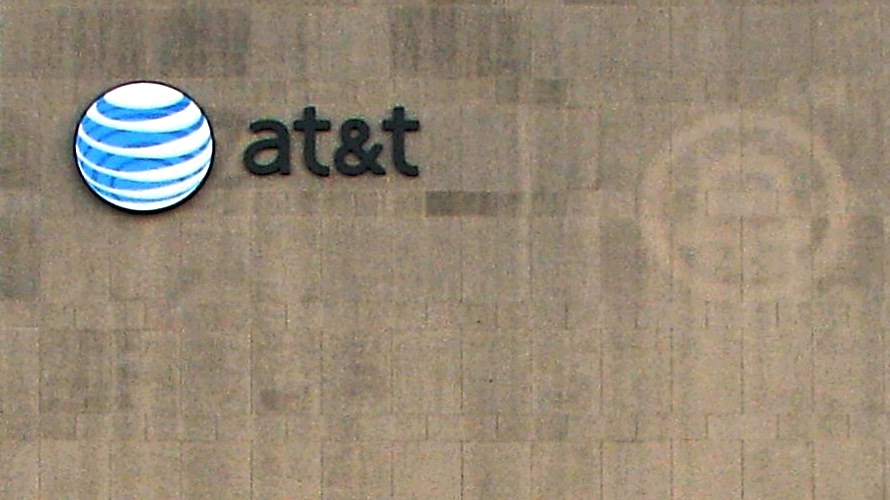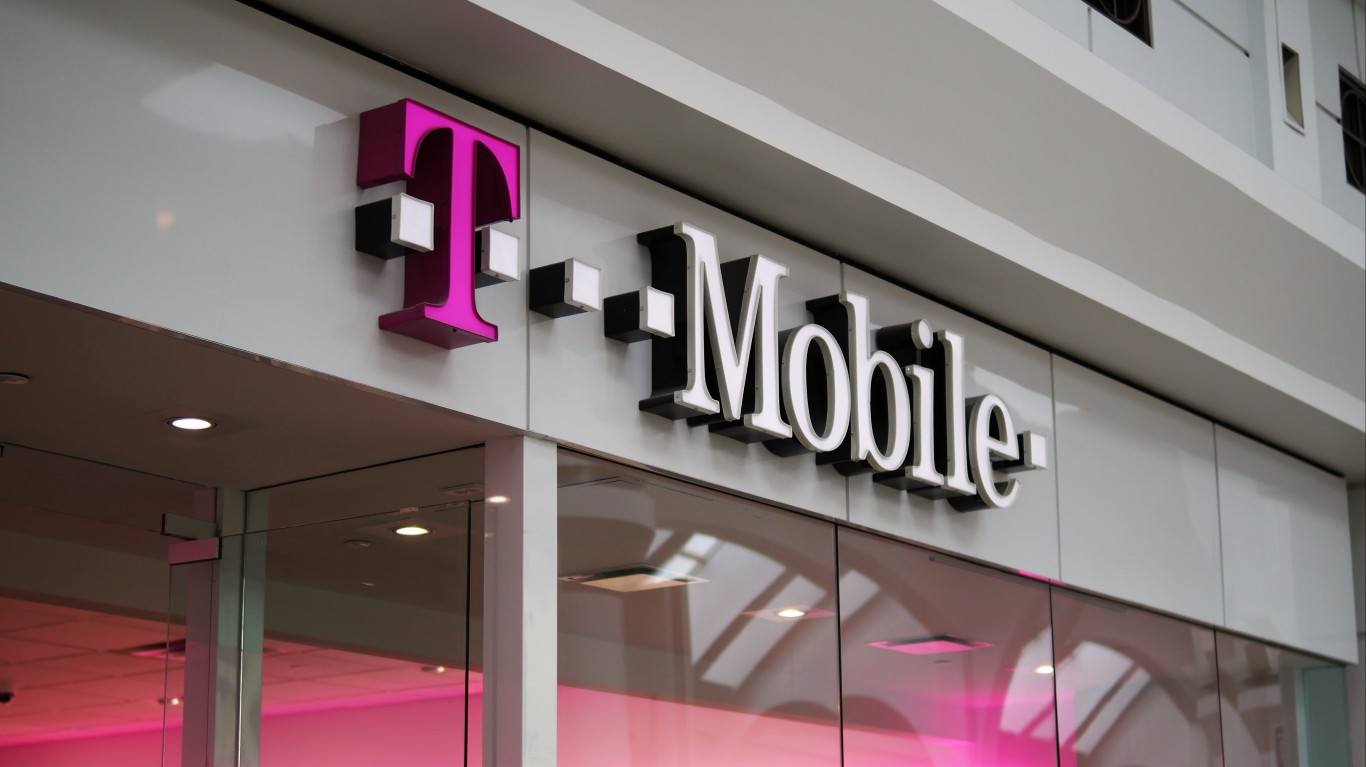Apple Inc. (NASDAQ: AAPL) put out its earnings the same day that AT&T Inc. (NYSE: T) did. Among the contrasts between the two are how great it is to be a supplier and how bad the role of distributor has become.
Apple made $18 billion in the most recently reported quarter, on revenue of $74.6 billion, which was up 30%. AT&T’s revenue was $34.6 billion, up 4%. The most important part of AT&T’s earnings was wireless revenue, because it is the future of the company as traditional wire line revenue dies. This revenue rose 8% to $19.9 billion last quarter. Wireless operating income, a proxy for net income, was $3.2 billion, or down 18%. Some of this was affected by its Mobile Share Value plans, a means to match or undercut prices from Verizon Communications Inc. (NYSE: VZ), Sprint Corp. (NYSE: S) and T-Mobile US Inc. (NASDAQ: TMUS). With 120 million subscribers, AT&T is worth chasing. However, as the chased, AT&T has to defend the high ground.
The four large U.S. wireless carriers have no better hook to get customers than deals on the iPhone 6 and iPhone 6 Plus. Apple’s sales in its home market show just how wildly popular the smartphone is. The press and analysts who cover the smartphone and wireless industries have made the point that the new iPhone has made a better magnet for customers in the past several months than Samsung’s products, which until recently trumped Apple’s in terms of popularity.
ALSO READ: The Bullish and Bearish Case for AT&T in 2015
How much carriers pay for iPhones is an educated guess. The numbers range from $400 to $700 per unit. Since the carriers do not, in most cases, get that money back in the first year of a customer’s contract, AT&T and its competitors need to hope they can get it back in the second, or perhaps the third, now that there are violent wireless price wars. The effects of these wars have not shown up entirely in the latest quarterly results of the carriers. They are bound to later this year.
The difference of the attractiveness of the Apple model compared to the one AT&T is trapped in shows up in a several places. One is market cap. Apple’s is close to $700 billion. AT&T’s is barely $185 billion. Just as stark, Apple’s share price was 50% in the past year. AT&T’s is off 2%. Over a two-year period, and a five-year period, the comparison is worse.
Apple had leverage with the carriers when the first iPhone became extremely popular. As the four major carriers fight for market share and competition rises, Apple’s advantage will be more obvious by the quarter.
ALSO READ: Apple’s Staggering iPhone Sales Results
Thank you for reading! Have some feedback for us?
Contact the 24/7 Wall St. editorial team.


